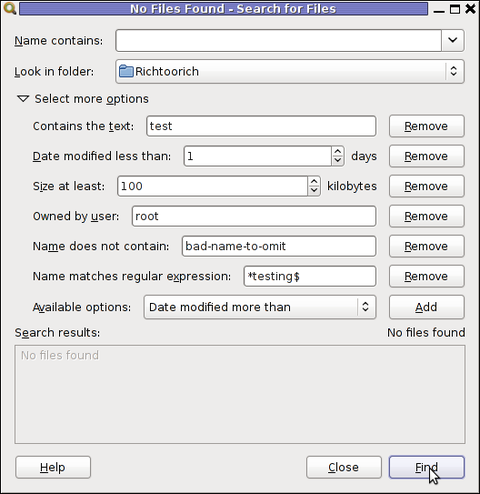

/grep-ea33e54fc7ed425283d6bec7baa458b6.jpg)
You don’t have to exit the file if you need to find a specific string on a file that has been opened in nano. When we use grep to search for John within the files, we get a pattern name. The simplest and most convenient way to perform recursive searches is to use the grep command and a matching pattern without mentioning the path. It is not common to encounter symlinks that are not encountered on a regular basis. You can skip all subfolders in a directory by usinggrep. When searching for all subdirectories, grep with the -r operator to find their matching directories in the directory currently found. Locate that command in a folder where you’re looking for it. In the case of server consolidation, the KVM can be used whenever multiple sites are hosted on the same server. You can find a file or directory by using the Find command. Grep can be used to recursively execute the search pattern. The output of the command will be a list of all “.txt” files found in the “/home/user/documents” directory and its subdirectories. For example, the following command will search for all files with the “.txt” extension in the “/home/user/documents” directory and all of its subdirectories:įind /home/user/documents -name “*.txt” -r The “-r” option can be used to perform a recursive search.

In Linux, the find command is used to search for files in a specified directory and all of its subdirectories.


 0 kommentar(er)
0 kommentar(er)
